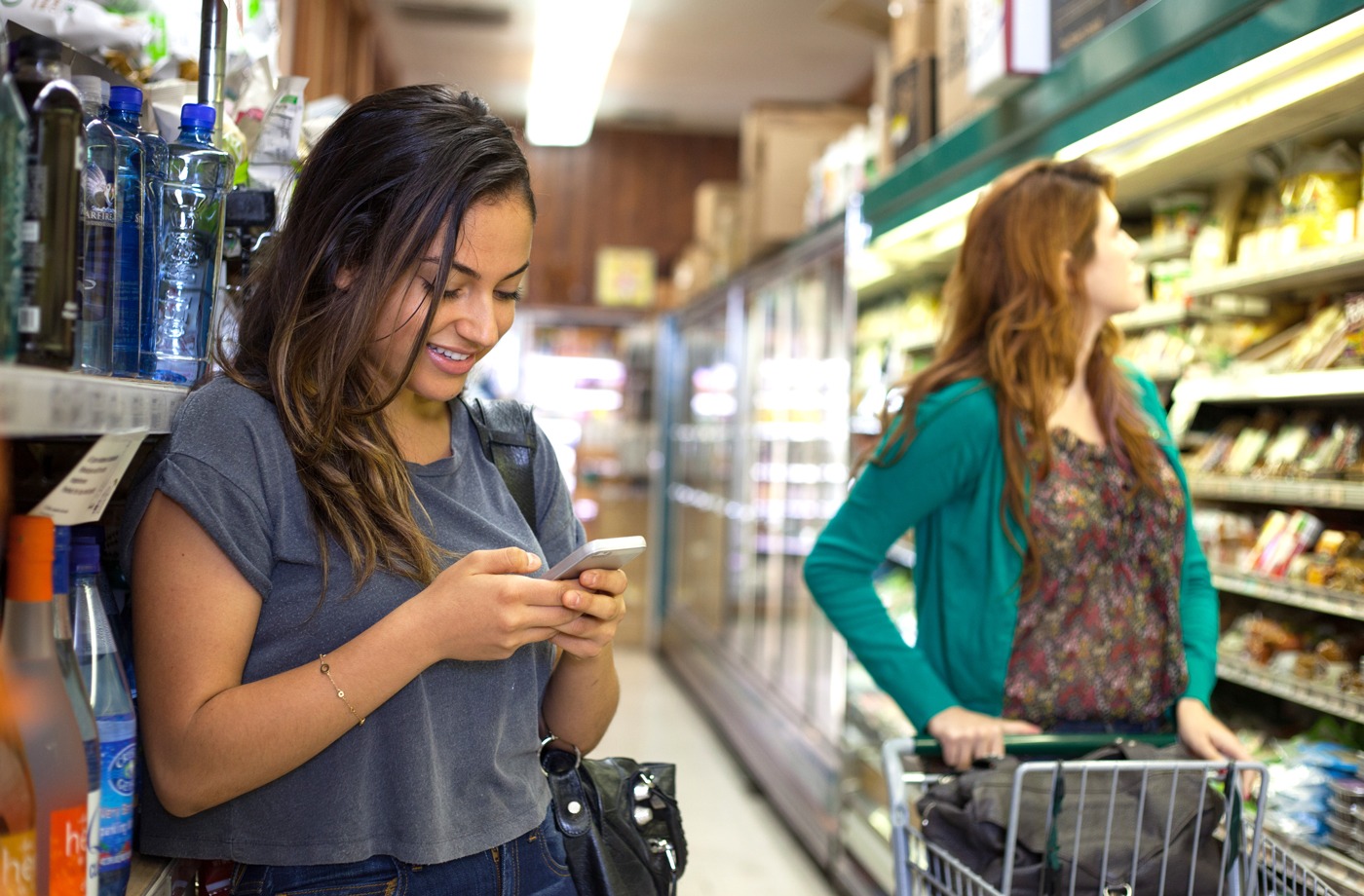Grocery Shopping Is About to Get Way Better, According to Whole Foods’ CEO
Luckily, I was able to ask Whole Foods CEO John Mackey these questions myself during his recent visit to the Well+Good headquarters in New York City. Mackey was in town to promote his new book, The Whole Foods Cookbook, which is essentially a complete guide to plant-based eating. But he also shared his predictions for the future of grocery shopping, both at Whole Foods and across the industry. (He does, after all, have a front row seat.)
Despite the Amazon takeover, Mackey says Whole Foods will always be a place where customers can discover niche, local brands—full stop. "This became a media narrative that wasn't based on anything, truthfully, except for anecdotes of customers who would come in, couldn't find a local product, and somehow think Amazon forced us to drop them," he says. "Not only are we not decreasing local foods, we're increasing them." Consider the record set straight.
He also maintains that Whole Foods will continue to maintain its health-oriented focus; the priorities are in no way shifting on that front. (So, don't expect to see Whole Foods suddenly ditch organic brands or anything like that.)

Mackey adds that the future of grocery shopping is tipped in consumers' favor: "People can get whatever food they want, whenever they want it, at a price they're willing to pay," Mackey says. As grocery stores continue to evolve, "I just think the consumer is going to rule. That's where we're heading. And quickly."
This focus on customers is a major reason why Mackey says he was so excited to merge with Amazon. "The higher purpose of Amazon is to be the world's most customer-centric company," he says. "They build their whole business model around [making] the customers happy, and Whole Foods is trying to do the same thing." He isn't just talking the talk; Whole Foods holds regular focus groups at various locations across the country to hear directly from consumers what's working—and what's not. They also formed a partnership with customer data science company Dunnhumby early last year to gain more insight into who their consumer is. And, most importantly, there's evidence that since the Amazon acquisition, prices have dropped, at least on certain items—something that will always make consumers happy.
With Whole Foods adopting more of Amazon's "give the people what they want" spirit, will the chain get rid of its biggest pain point—long checkout lines—like Amazon Go stores have? Mackey says that's not in the immediate future for Whole Foods.
In general, "I do think that [model of not having to check out] will spread over time," he says. "I do suspect that will be the future; where we just walk into the store, we're identified [via an app], we get what we want, and we're charged for it." That is, if you step foot in a grocery store at all—something that Amazon's Prime Now two-hour Whole Foods delivery is making less and less necessary. And, after all, convenience tops just about every consumer's wish list.
Here's how Kate Middleton and Meghan Markle grocery shop (yes, they actually do). Plus, seven thoughts everyone has while walking the aisles.
Loading More Posts...